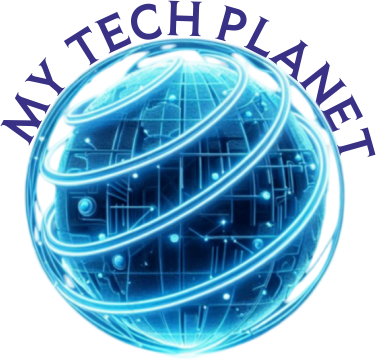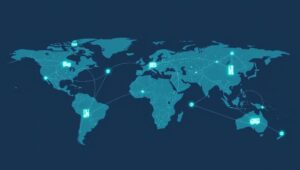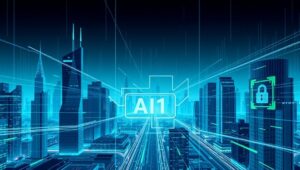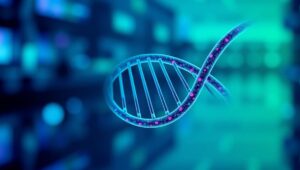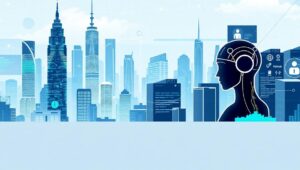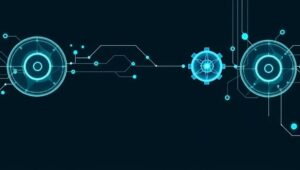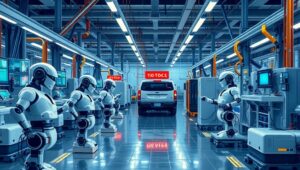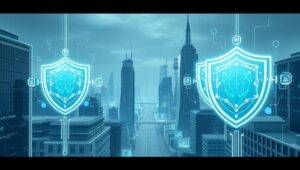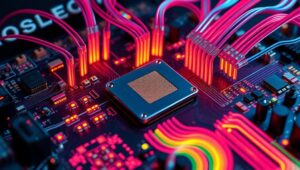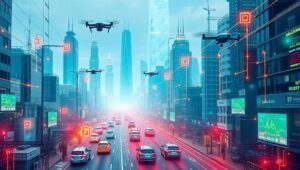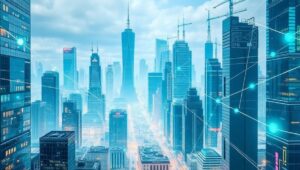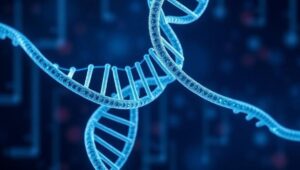May 17, 2025
Supply Chain Visibility with IoT: End-to-End Tracking (2025)
Supply Chain Visibility with IoT: End-to-End Tracking (2025) In today’s complex global marketplace, supply chain visibility is no longer a luxury—it’s a necessity. Businesses need to know where their products are, what condition they’re in, and when they’ll arrive. The Internet of Things (IoT) offers a powerful solution for end-to-end supply chain tracking, and by 2025, it will be integral to efficient logistics. The Challenge of Traditional Supply Chains Traditional supply chains often rely on manual processes, fragmented systems, and limited data sharing. This lack of transparency can lead to: Delays and disruptions Inventory inaccuracies Increased costs Reduced customer satisfaction
